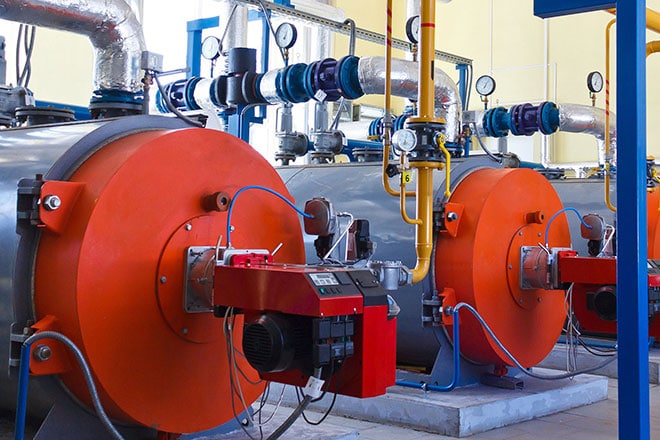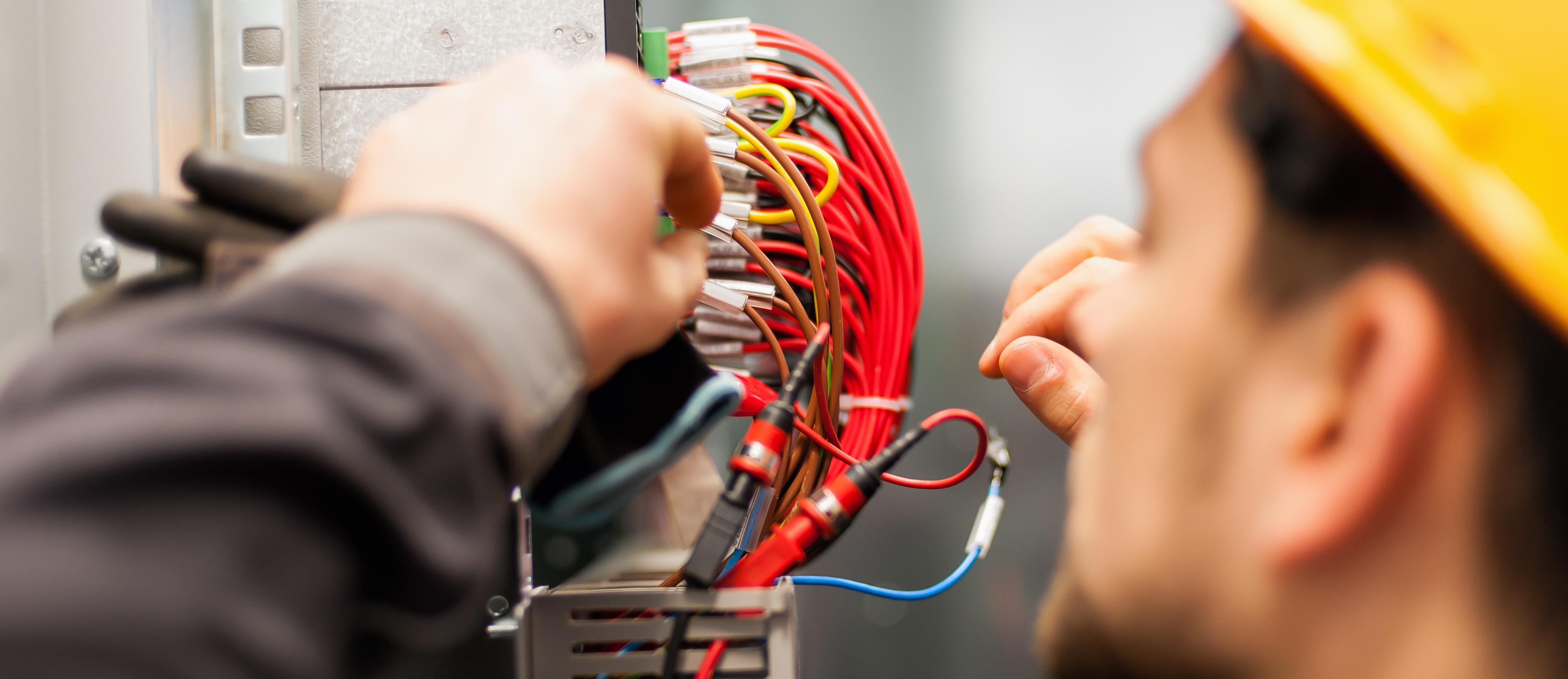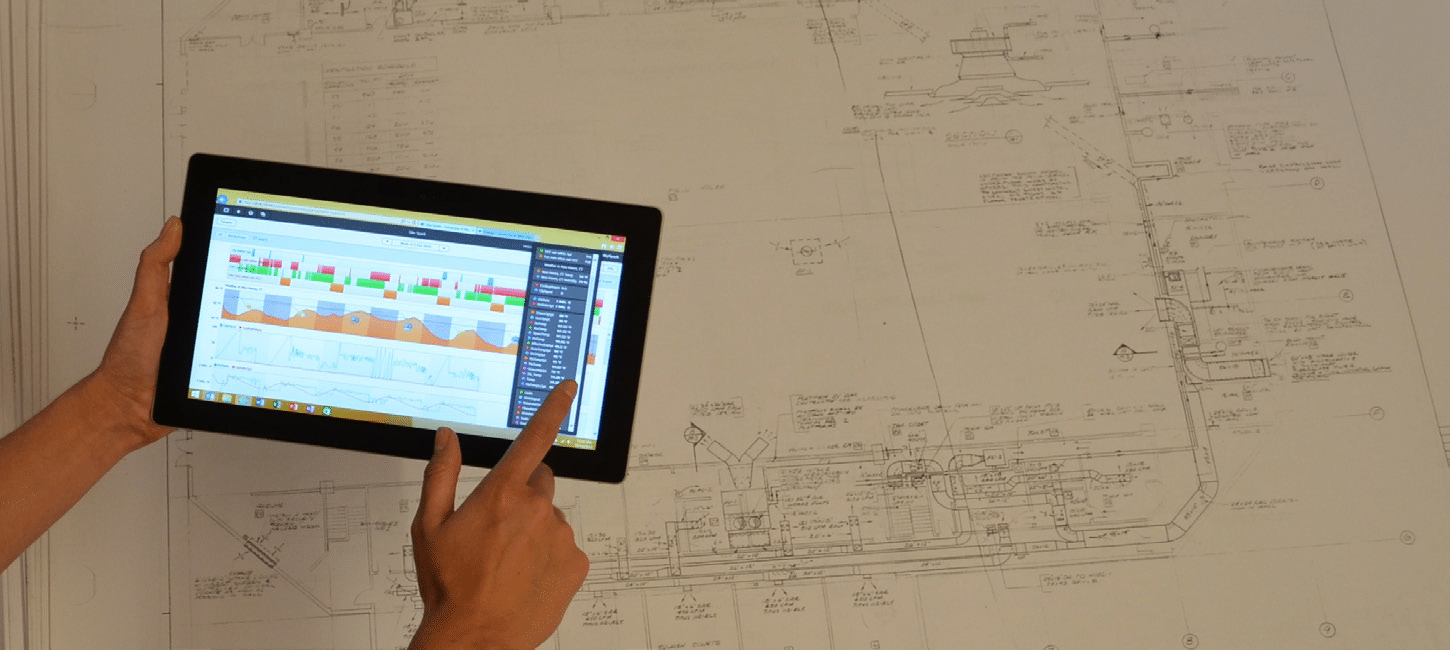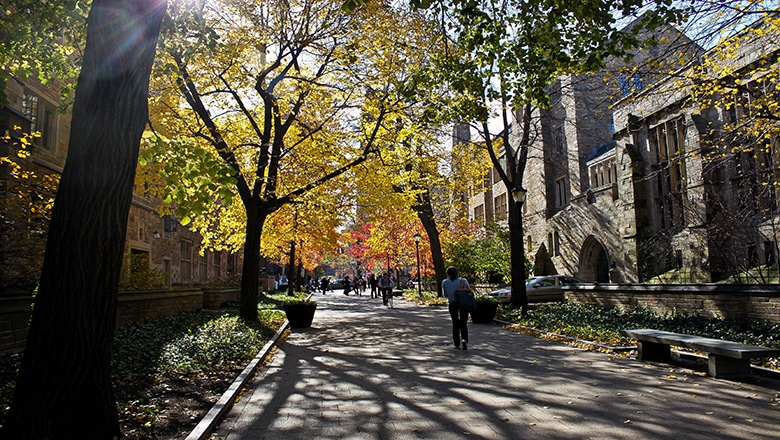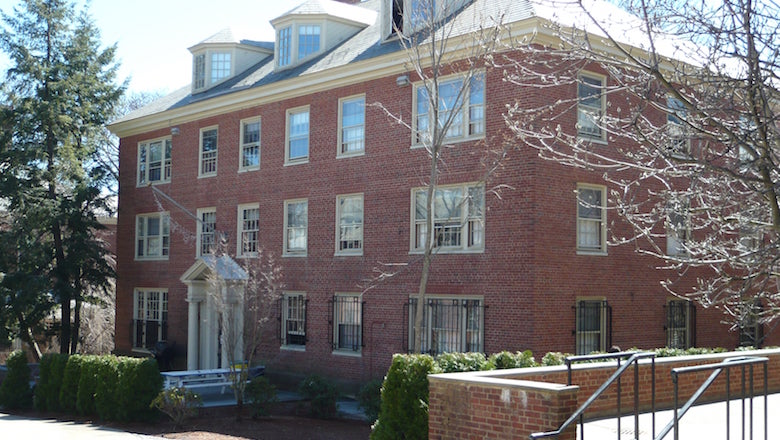Brown University
- $1.8 million ANNUAL ENERGY SAVINGS
- 4,187 ANNUAL MTCO2E SAVINGS
- 57,907 ANNUAL MMBTU SAVINGS
- $2.9 million UTILITY INCENTIVES RECEIVED
- $1.8 million ANNUAL ENERGY SAVINGS
- 4,187 ANNUAL MTCO2E SAVINGS
- 57,907 ANNUAL MMBTU SAVINGS
- $2.9 million UTILITY INCENTIVES RECEIVED
Thinking BIG: Brown is green
Brown seeks to carry interdisciplinary research on sustainability issues beyond the classroom and laboratory through mutually beneficial collaborations with campus operations. Since 2007, Brown has achieved a 28.2% reduction in greenhouse gas emissions—the result of a bold, ambitious vision.
Brown was halfway toward its greenhouse gas emissions reduction goals in 2011 when GreenerU started working closely with the University in addressing particular challenges that Brown had identified.
Sustainability Goals
Reduce greenhouse gas emissions to 42% below 2007 levels by 2020
Working closely with Brown, GreenerU identified and analyzed more than 100 projects over six years. This is a result of a symbiotic relationship where GreenerU has been able to interpret Brown’s vision and formulate action plans around ideas. These projects have encompassed a wide variety of conventional energy-efficiency upgrades, along with a variety of more innovative solutions. In addition, GreenerU supported Brown in designing a streamlined process for selecting and implementing projects in order of priority, integrating energy management and behavior change programs for residence halls with a building optimization platform.
GreenerU has performed a large variety of energy-efficiency work at Brown, including controls upgrades, ventilation optimization, and occupant-focused behavioral initiatives in laboratories across campus; designing and implementing Brown-specific analytic tools to monitor, measure, and verify building performance and flag anomalies (now deployed in more than 80 buildings encompassing 4 million square feet); the Dorm Energy-Efficiency Project (DEEP), an integrated energy-management and behavior-change program for 34 residence halls; controls-intensive energy-efficiency retrocommissioning projects in six academic buildings; more than 4 million square feet of customized lighting solutions; and identifying and repairing a number of non-functioning or underperforming HVAC systems.
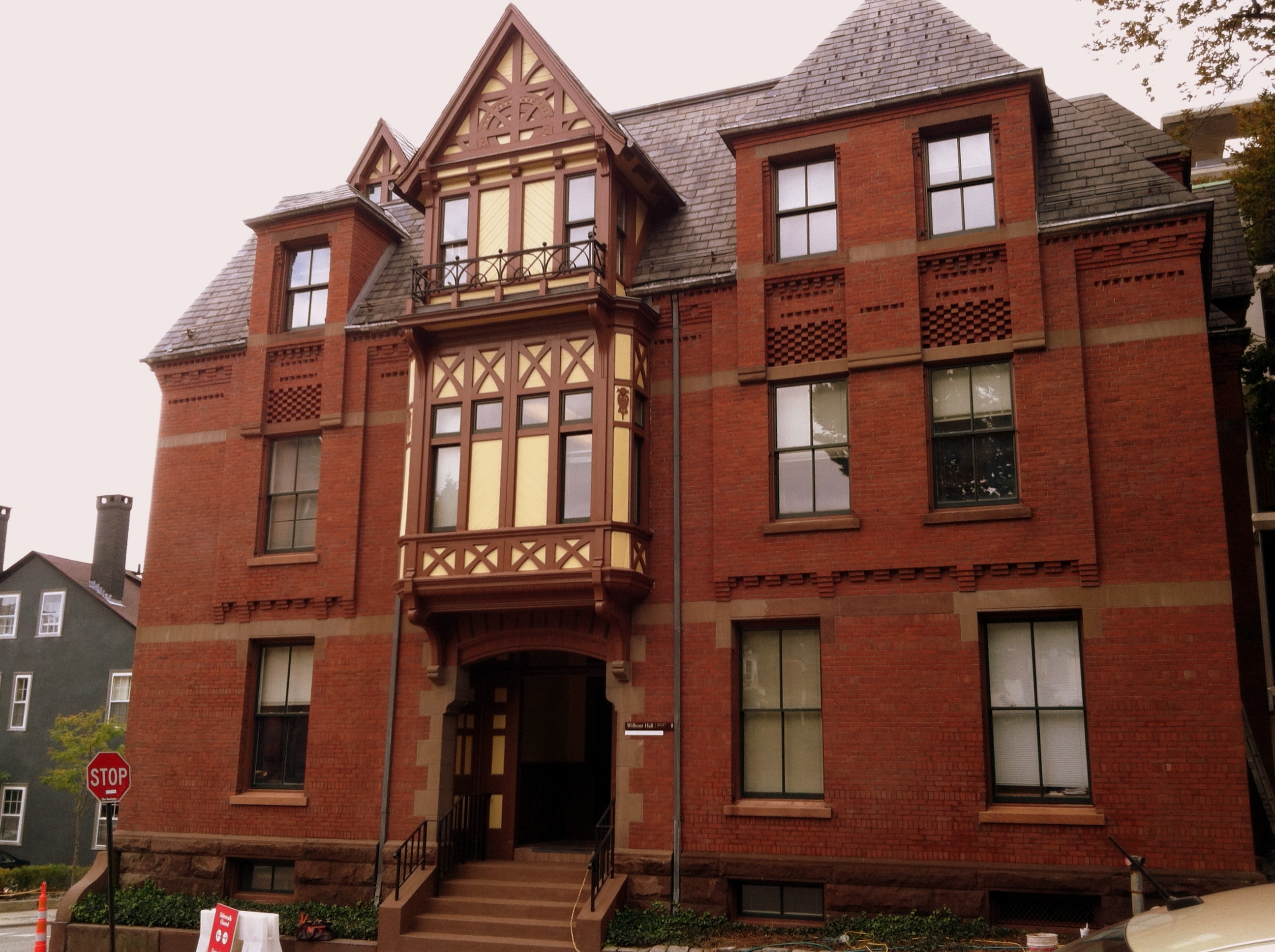
Campus Improvements
-
Sustainability strategic planning
GreenerU helps institutions and sustainability departments gain consensus on goals, strategies, and tactics, developing an actionable strategic plan with built-in accountability.
-
HVAC optimization
Like any equipment, heating/ventilation/air conditioning systems for a building need adjustments from time to time.
-
Boiler upgrades
Optimizing or replacing a boiler can substantially improve energy efficiency.
-
Building automation system
Building automation is the automatic centralized control of a building's heating, ventilation, air conditioning, lighting, and/or other systems.
-
Controls system upgrades
Controls enable building managers to set limits on energy-using features in a space, such as temperature set points or occupancy sensors.
-
Lighting
Transitioning to LED lighting is one of the most effective ways of reducing energy costs on campus.
-
Measurement and verification
Measurement and verification (M&V) is the term given to the process for quantifying savings delivered by an energy conservation measure.
-
Retrocommissioning
Retrocommissioning is re-tuning an existing equipment to bring it back into optimal working order.
-
Water conservation
Wasted hot water can result in high energy bills. Installed water conservation measures can help reduce energy use.
